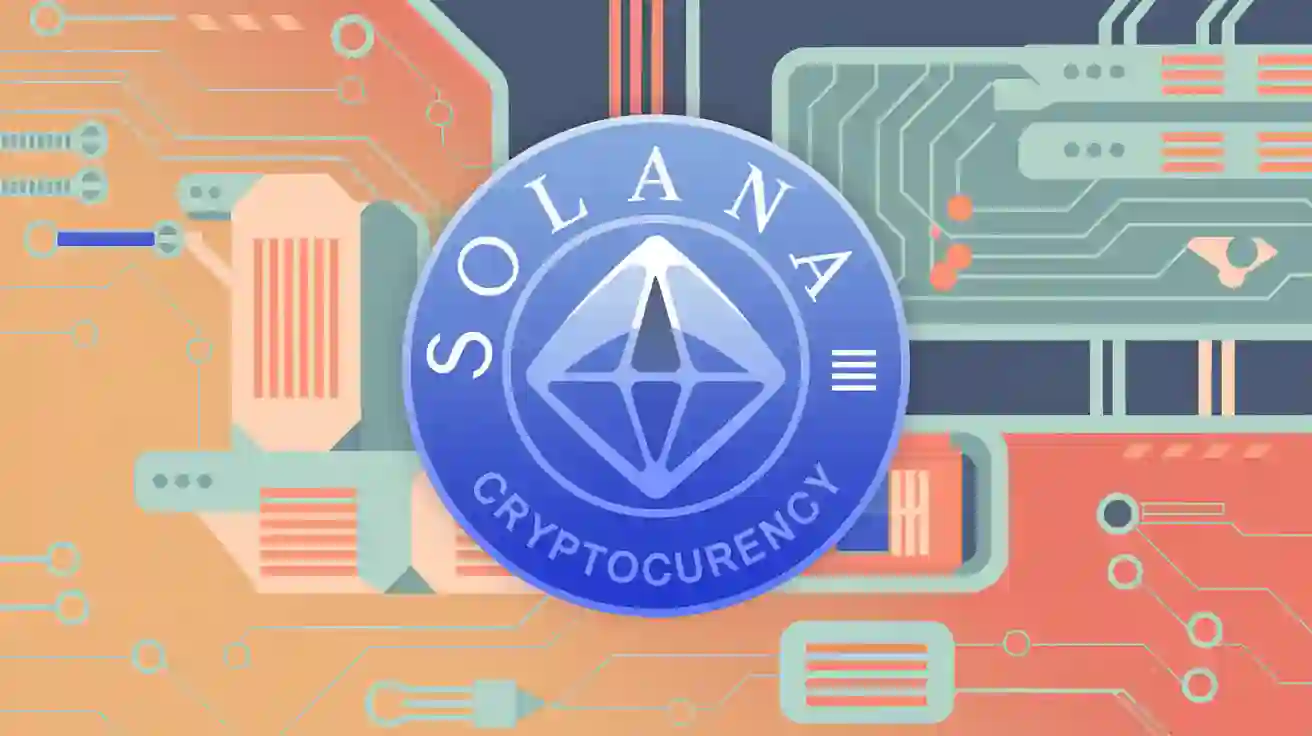In the relentless pursuit of a decentralized future, where applications operate without intermediaries and data remains immutable, scalability has emerged as the Everest of blockchain challenges. While the promise of decentralized applications (dApps) has captivated developers and users alike, the limitations of legacy blockchains have hindered their widespread adoption. Enter Solana, a platform engineered for speed and efficiency, aiming to shatter the bottlenecks that have long plagued the crypto sphere.
Solana’s core mission is to provide a robust infrastructure for dApps, capable of handling the demands of a global user base. It positions itself as a high-throughput, low-latency blockchain, designed to support thousands of transactions per second (TPS) without compromising security or decentralization. This ambition sets it apart from predecessors like Ethereum, which, despite its dominance in the dApp space, has struggled to keep pace with escalating transaction volumes.
The foundation of Solana’s prowess lies in its innovative architecture. At its heart is a unique consensus mechanism that combines Proof of Stake (PoS) with Proof of History (PoH), a groundbreaking approach to timekeeping. PoH essentially creates a cryptographic record of events, providing a verifiable timeline of transactions. This synchronized clock allows Solana’s Tower Consensus, a variant of Practical Byzantine Fault Tolerance (PBFT), to optimize transaction verification, significantly enhancing throughput.
Beyond its consensus mechanism, Solana incorporates several other technological advancements. Sealevel, its parallel smart contract runtime, enables the simultaneous processing of transactions, maximizing resource utilization. Gulf Stream, its transaction forwarding protocol, eliminates the mempool bottleneck, ensuring rapid confirmation times. These innovations collectively contribute to Solana’s impressive performance metrics.
The numbers speak for themselves. Solana boasts theoretical speeds exceeding 700,000 TPS, with real-world testing demonstrating capabilities of up to 50,000 TPS. This dwarfs the performance of Bitcoin and Ethereum, which struggle with single-digit and double-digit TPS, respectively. Furthermore, Solana’s block times, measured in milliseconds, and its negligible transaction fees, make it an attractive platform for high-volume applications.
Solana’s scalability is achieved without resorting to layer-2 solutions or sharding, a testament to its elegant design. Its permissionless validator network, comprising thousands of nodes, ensures a high degree of decentralization, further bolstering its security and resilience.
The SOL token, Solana’s native cryptocurrency, plays a crucial role in the ecosystem. It serves as the gas for transaction fees and smart contract execution, and it can be staked to participate in network validation. While SOL does not have a fixed supply, its inflation rate is managed through a scheduled mechanism, ensuring a balance between token supply and network growth.
Despite its impressive technical capabilities, Solana is not without its challenges. Its rapid growth and innovative architecture have led to periods of network instability, raising concerns about its long-term reliability. Moreover, the competitive landscape of the blockchain industry is constantly evolving, with new platforms and technologies emerging regularly.
However, Solana’s commitment to scalability and its focus on empowering dApp developers have positioned it as a formidable contender in the race for blockchain dominance. Its ability to handle high transaction volumes and its low-cost infrastructure make it an ideal platform for a wide range of applications, from decentralized finance (DeFi) to gaming and social media.
As the blockchain industry continues to mature, Solana’s journey will be closely watched. Its ability to maintain its high performance while ensuring security and decentralization will be critical to its success. The platform’s commitment to innovation and its focus on addressing the scalability challenges that have plagued the industry make it a key player in the ongoing evolution of decentralized technology. Solana is actively building the on-ramp for mass adoption, and only time will tell how far its high-velocity sprint will take it.


